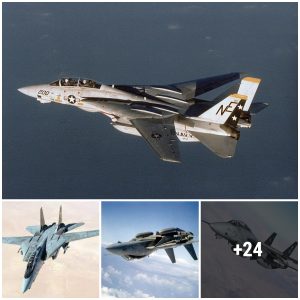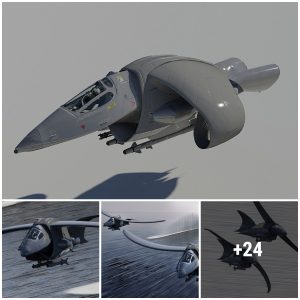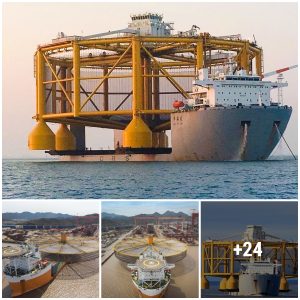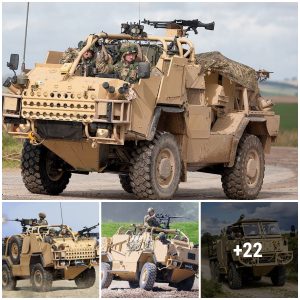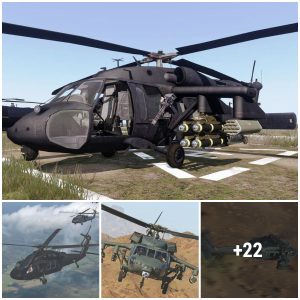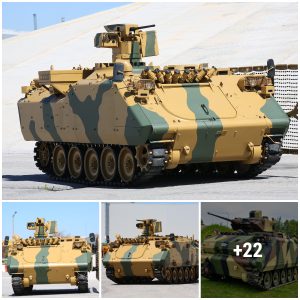Since the initiation of its military intervention in Ukraine on the morning of February 24, Russian forces have reported the neutralisation of Ukraine’s air defences within 2-3 hours, the capture of multiple airbases and population centres, and the destruction of 254 Ukrainian tanks and other armoured vehicles.
While Ukraine fielded an estimated 850 tanks before the war’s outbreak, representing by far the largest tank force in Europe, with these being obsolete T-64 and T-72A models from the 1970s their survivability on modern battlefields remained extremely low. The capabilities of the T-64BV, the country’s main tank in service, and the modestly upgraded T-64BM-1, however, do not reflect the most capable armour which the country has fielded or produced with much more advanced tank classes notably having been available but not prioritised for entry into service.
This has been a result of the Ukrainian Army’s policy of prioritising fielding large number of tanks at the expense of neglecting fielding superior models with much higher operational costs but superior performances.

Ukrainian T-64BV Tanks
When the Soviet Union disintegrated in 1991 Ukraine inherited one of the largest tank factories in the world, the Malyshev Factory, which had a peacetime capacity of 800 tanks per year and could surge to very significantly higher numbers in wartime. The factory notably produced one of the Soviet Union’s most advanced tanks, the T-80UD, which was considered the most cost effective T-80 variant with its use of a diesel rather than a gas turbine engine making it much cheaper both to produce and to operate.
The T-80UD benefitted from Kontakt-5 explosive reactive armour and very significantly stronger base armour than the T-64 or T-72 currently relied on by Ukrainian Army, which use on the much older Kontakt-1 explosive reactive armour if any at all.
The sharp decline of Ukraine’s economy meant that aside from production to meet a single order from Pakistan in the mid-1990s, the Malyshev Factory otherwise produced a negligible output with very few domestic orders for modern tanks. Ukraine would not only refrain from producing T-80 tanks for its own armed forces, while exporting a portion of the T-80s it did inherit, but it also phased its T-80s out of service due to their higher operational costs.

Thai Army T-84 Tanks
A more capable derivative of the T-80UD, the T-84BM Oplot, had a number of promising features but was notably not acquired by the Ukrainian Army. The tank saw its first prototypes produced in 1994 but was only serially produced in the 2010s for export to the Thai Army, which had initially shown more interest in the Russian T-90 but came under significant American pressure to avoid Russian armaments.
Ukraine’s inability to fulfil even a very small Thai order for 49 tanks leading to years long delays, and unconfirmed Thai reports regarding the questionable quality of the vehicles, ultimately meant further T-84 exports or any exports of newly built Ukrainian tanks at all would be unlikely.
It took seven years for the tanks to be delivered meaning Malyshev had an output averaging just seven per year. The Malyshev Factory had deteriorated considerably by the time production for Thailand had begun, with capacity to meet Pakistani orders 20 years prior having been far greater. Ukraine has done better exporting second hand tanks to Africa, notably T-72s to South Sudan and T-64s to Congo, although the former fared poorly against Sudan’s Type 96 tanks supplied by China.
Ukrainian-Supplied Pakistani T-80UD Tank

Ultimately even if the T-84 or T-80UD had been deployed, they would have been unlikely to challenge Russian armour primarily due to the fact that, although inheriting strong base armour from the Soviet era, their explosive reactive armour and particularly their armaments were very much out of date.
Ukraine failed to develop a modern armour-piercing fin-stabilised discarding sabot (APFSDS) projectile after the Soviet collapse, meaning it still relies on the BM42 Mango with 450mm penetration at 2000m ranges against homogenous armour as its most formidable anti-tank projectile.
This is considered insufficient to penetrate even the base armour of advanced Russian frontline tanks – let alone their armour when deploying Kontakt-5 or Relikt explosive reactive armour. The T-72B3, Russia’s most widely used and least well armoured tank, has base frontal armour of 550km. By contrast modern APFSDS rounds used on Russian tanks have 740mm penetration, or 64 percent more, which combined with superior armour would provide a tremendous advantage against Ukraine’s top end tanks even if they were deployed.
The most capable Russian tanks deploy rounds with 1000mm penetration at standard combat ranges. With no T-84 or T-80UD tanks in service, the advantage of Russian armour is even more overwhelming over the T-64s and T-72s in service.

